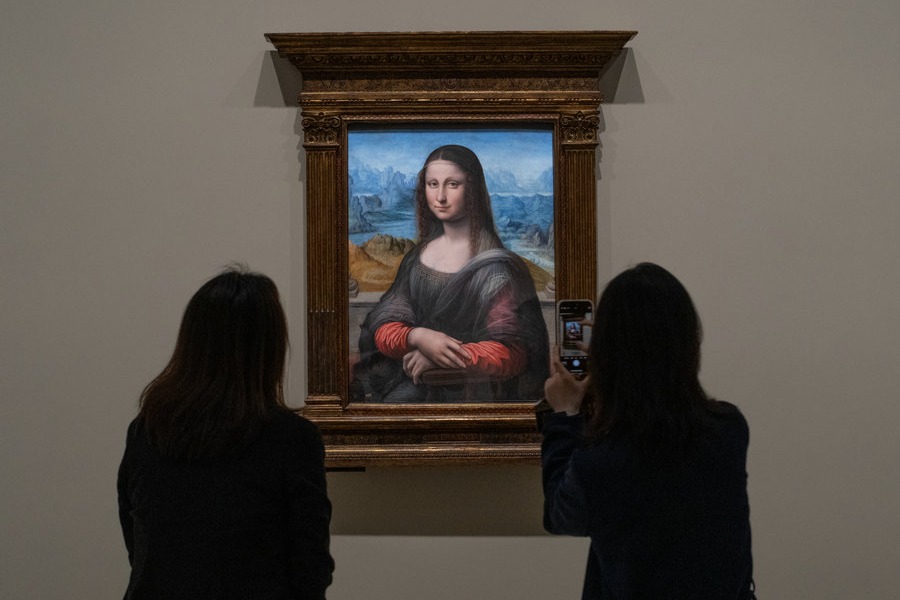History, Hollywood and voodoo in a New Orleans cemetery

NEW ORLEANS, Louisiana-If you've heard about New Orleans' famous cemeteries with their above-ground tombs, chances are you've heard about the gravesite of the so-called voodoo queen.
Her name was Marie Laveau, and she's buried in St. Louis Cemetery No 1.
Since 2015, tourists have been allowed into the cemetery only on guided tours.
"We were having so much vandalism in the cemetery, in addition to panhandlers saying they were tour guides and handing visitors markers to mark up the tombs," says Sherri Peppo, executive director of New Orleans Catholic Cemeteries. "It got out of hand."
The cemetery still gets some 200,000 visitors a year on authorized tours. And unlike the sprawling 19th-century garden cemeteries found elsewhere in the country, St. Louis Cemetery No 1 is tiny and crowded, not much bigger than a square block.
Laveau's story is just one of many fascinating tales connected to this place.
St. Louis Cemetery No 1, the city's oldest graveyard, dates to 1789. Two explanations are offered for why its burial vaults are built above ground: because of the high water table and flooding, and because it was a European cultural custom.
The vaults are laid out like little houses in mazelike aisles that feel like tiny streets. Many are surrounded by black iron fences.
"There is no architecture in New Orleans, except in the cemeteries," wrote Mark Twain in his book, Life on the Mississippi. He described the crypts as "graceful and shapely ... their white roofs and gables stretching into the distance", giving new meaning to "the phrase 'city of the dead'."
A marker on Laveau's tomb calls her the "notorious voodoo queen ... the most widely known of many practitioners of the cult". She died in 1881.
If you're a serious chess fan, you'll want to pay your respects at the burial site for Paul Morphy. He was a child prodigy and the greatest player of his era, dying in 1884.
An important name from US civil rights history also appears on a tomb here: Homer Plessy. Plessy was born in New Orleans to Haitian parents and was of mixed European and African descent. Because of his light complexion, he was able to pass for white, but he chose to be the Rosa Parks of his time, purposely breaking a law that segregated passengers on trains. Plessy sat in a car reserved for whites while making his race known to challenge segregation, contending that it violated the 13th and 14th amendments of the US Constitution.
Plessy was found guilty by a Louisiana judge, and in 1896, the US Supreme Court upheld that decision in a notorious 8-1 ruling supporting "separate but equal" accommodations. That decision stood as a legal justification for segregation until the 1950s.
Actor Nicolas Cage is alive and well, but he's built a roughly 3-meter-high tomb shaped like a pyramid as his future resting place in St. Louis No 1. The white structure bears the words "omnia ab uno", which means "everything from one".
Fans of the 1969 cult classic movie Easy Rider will recognize the elaborate Italian Benevolent Society tomb as the backdrop for a scene where actors Dennis Hopper and Peter Fonda dropped acid while cavorting with women.
AP




































